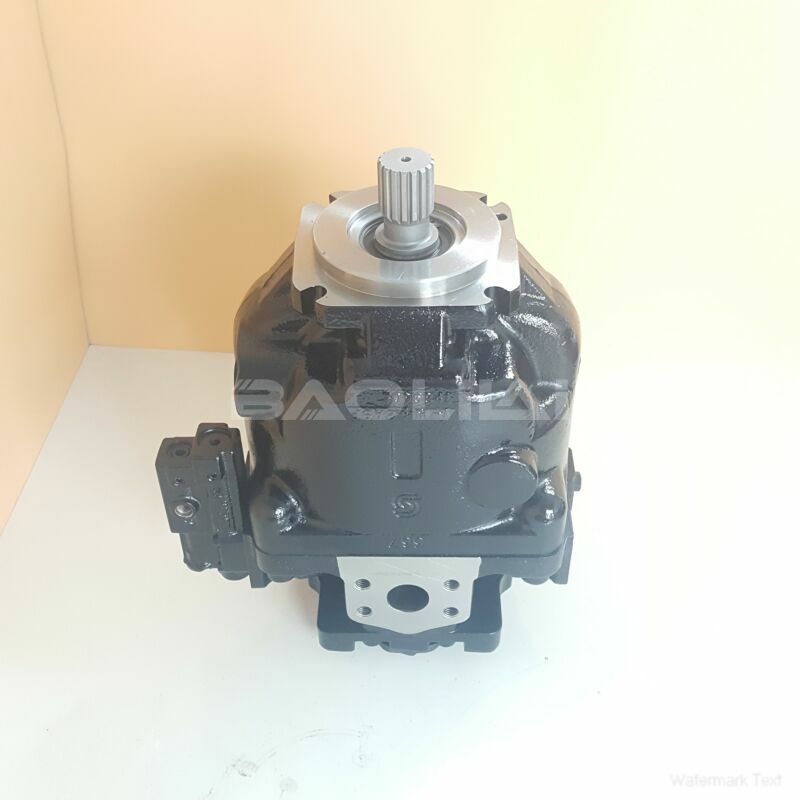ERL100BLB2512NNN3S1BPA1NNNNNNNNNN sauer danfoss pump
ERL100BLB2512NNN3S1BPA1NNNNNNNNNN sauer danfoss pump

- Product Details
- Applicable Scene
In the realm of industrial applications, hydraulic systems play a crucial role in driving machinery and equipment with precision and effectiveness. Among the components of these systems, hydraulic pumps stand out as pivotal elements that directly influence energy consumption and efficiency. As industries strive to reduce their carbon footprint and improve operational efficiency, understanding the role of hydraulic pumps in energy-efficient fluid power applications has never been more important.
ER-L-100B-LB-25-12-NN-N-3-S1BP-A1N-NNN-NNN-NNN
ERL100BLB2512NNN3S1BPA1NNNNNNNNNN
Hydraulic pumps are responsible for converting mechanical energy into hydraulic energy, enabling the movement and control of fluids in a variety of applications. The types of hydraulic pumps, such as gear, piston, and vane pumps, each have their unique advantages and limitations. The choice of pump can significantly affect the overall energy efficiency of the system. For instance, variable displacement pumps can adjust their flow output according to the system’s demand, which can lead to substantial energy savings compared to fixed displacement pumps that run at a constant rate regardless of need.

7000570
Energy efficiency in hydraulic systems is typically concerned with minimizing hydraulic losses, which can often occur due to heat generation, leakage, and inefficiencies in fluid flow. One of the most effective ways to improve energy efficiency is through pump selection and design. High-efficiency pumps, designed with advanced hydraulic technology and materials, can reduce energy consumption by as much as 30% or more when compared to standard pumps. Additionally, utilizing pumps with a higher performance curve can allow systems to operate closer to optimal capacity, further enhancing efficiency.
Moreover, the implementation of modern control systems plays a vital role in enhancing the efficiency of hydraulic pumps. Integrating variable frequency drives (VFDs) and smart controllers allows for real-time adjustments in pump operation based on load requirements. This not only minimizes energy wastage but also reduces wear-and-tear on components, leading to lower maintenance costs and increased longevity of the system.





